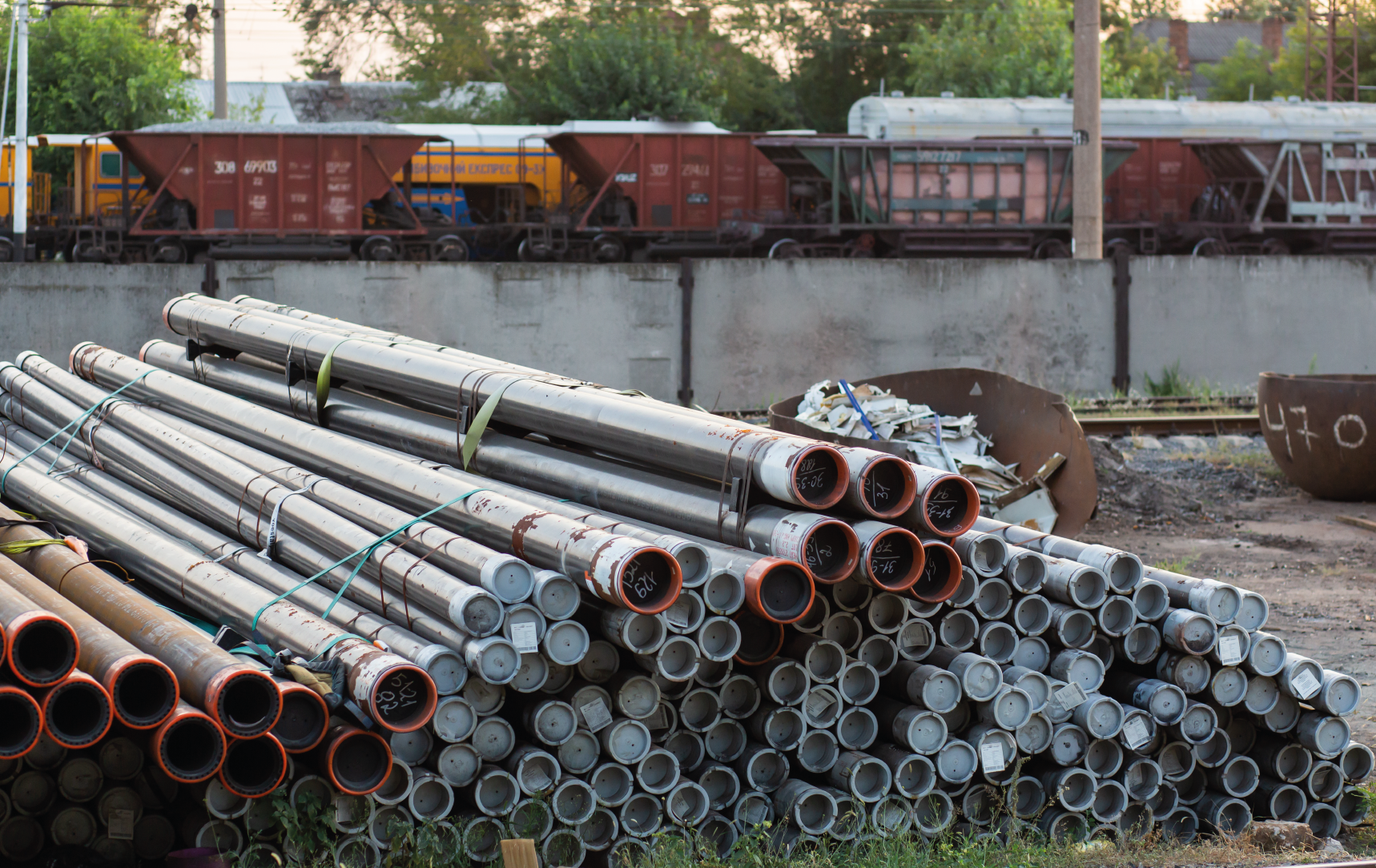In the oil and gas industry, like any other, you want safety, financial efficiency, and reliable products. Preventing the corrosion of OCTG contributes to all of these factors. We’ll explore corrosion prevention, the possible outcomes of corrosion, and which products are best at inhibiting it.
What is corrosion prevention?
OCTG can corrode due to the environments in which they are stored and installed. Corrosion prevention products keep OCTG effective and increase their longevity: these products should be able to withstand harsh environmental conditions as well as physical bumps and knocks. If you want to get a little more in depth about OCTG and types of corrosion, we discussed it in our previous blog, OCTG: preventing corrosion in oil and gas.
There are a variety of products that help inhibit corrosion, but why is this prevention so important?
Outcomes of corrosion
Thousands of accidents occur every year in the oil and gas sector due to corrosion. These accidents create safety hazards for workers and a huge danger to the environment, as well as wasting both time and materials.
Even if corroded OCTG doesn’t cause an accident, it still puts wells at risk and leads to losses. These include both direct and indirect material losses, time wastage, rework and warranty damages and possibly costly repairs that could stop a project being completed on time or damage a site that is otherwise productive.
Internal corrosion makes surfaces rougher, which creates friction and therefore worsens flow dynamics and decreases the efficiency of the OCTG.
So, corrosion creates hazards for workers and the environment, reduces efficiency and wastes both time and money.
It’s clear then that everything possible should be done to prevent corrosion in OCTG.
What type of products are best?
Anti-corrosion protection coatings are easier than other methods of corrosion prevention, but you still need to ensure they are applied correctly. OCTG coatings enable longer component life, and are cost effective for both application and subsequent removal, if put on temporarily during storage. Both external and internal coatings are key, and the surface must be properly prepared to ensure the coating properly adheres to the OCTG.
Processing techniques such as shot blasting or wire-brushing are integral when preparing pipe to remove any existing corrosion cells and create the bright steel needed for effective coating adhesion. You should always aim for steel industry standards such as SA 2½, to help define the quality of finish and ensure the surface is ready for coating application.
That covers the preparation. But what makes OCTG Coatings from AGMA special?
As well as being effective at preventing corrosion, all our coatings are fast-drying to allow you to process pipes more efficiently, and easy-to-use so you can continue to innovate.
Our range includes Synergen 501 and Synergen 718, both effective, solvent-based coatings. We have also developed water-based coatings, Vincit 640 and Vincit 650, to produce fewer Volatile Organic Compounds (VOCs) and therefore have less of an environmental impact than solvent-based anti-corrosion coatings.
We always aim to advance and improve, and our industrial range will soon be growing. Research and development are always taking place, and exciting new coatings are currently being trialled.
AGMA has been trusted by the oil and gas industry for over 50 years, due to the reliability of our products and our reasonable, competitive prices.
It’s clear that the right products, applied correctly, are key to prevent corrosion, increase longevity and efficiency of OCTG, save you money, and even keep your people safe.
Interested in how AGMA can do all this for you? Explore our range of OCTG products.


